New blade: Cleaver
Introducing our new falchion blade. According to James Elmslie's typology it is a type 1a - a weapon also known as a "cleaver".

This blade is 64cm long and like its historical counterparts, it is not heavy or unwieldy and together with our hilts balanced with steel and lead it is a fast and agile weapon that is also very resilient thanks to the shape of the tip. There is of course the Kevlar reinforcement at the tip of the blade as well, just like with all of our blades.
Cleaver falchions were shaped like a large meat cleaver or large bladed machete. These falchions seem to have become popular in the 13th and 14th centuries for knights or man-at-arms as weapons against peasants or soldiers without armor or only gambesons. They have a very thin blade with only around 1.2mm thick spine. The point has a slight taper leading near to the edge that drops into a secondary bevel and an acute edge.
Some historians believe that the falchion developed as a special weapon designed to effectively penetrate cloth armour. The medieval falchions that have been discovered are very thin and on average lighter than a double-edged blades of comparable lenghts. These weapons were therefore not cleaving or chopping weapons like modern reproducitons often are, but rather quick slashing weapons more similar to shamshir or sabres despite their wide blade.
It is an unfortunately common misconception to see these weapons as unwieldy brutal choppers, even if it is how they are used, for example, in the modern HMB armoured combat at the Battle of the Nations. These interpretations are closer to hammers than the real period examples, which indicate very fast and light weapons, capable of amazing cutting performace.






